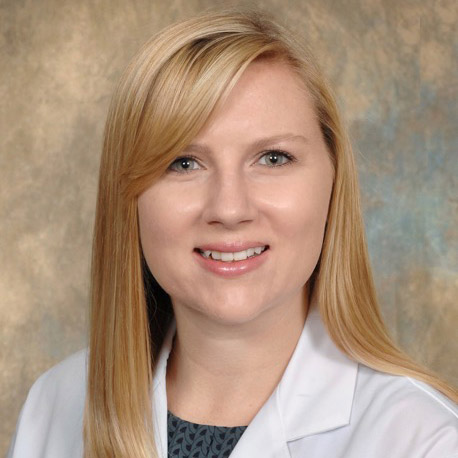Advocacy at All Levels
As a national organization, EMRA’s advocacy efforts often emphasize federal issues. To get involved on the federal level, we urge you to enroll in the 9-1-1 Legislative Network (ACEP’s national grassroots effort to keep members informed about critical legislative and regulatory priorities). You can also learn more about the newly formed EM Action Fund and consider a donation to NEMPAC (the Political Action Committee for emergency medicine) as an ACEP member. While all of these groups are critically important to the future of emergency medicine, you also need to remember the advocacy challenges taking place right at your front door. As they say, all politics is local!
When you are treating an injured person and face specialists who are reluctant to arrange outpatient follow-up for an uninsured patient, you advocate for that individual as their treating physician. When you are working within your hospital system to decrease ED boarding, you act as an advocate by encouraging administrators to change OR schedules and nursing staffing models to allow patients to be promptly admitted to your hospital. And, as you learn more about the critical legislative issues facing emergency medicine, you will likely become more interested in political advocacy.
There are many important federal legislative issues to follow—such as fixing the flawed Medicare reimbursement system (also known as the Sustainable Growth Rate) and ensuring stable GME funding. However, there are also a large number of legislative issues that are more active at a state level. Unlike Medicare, Medicaid is a joint state-federal program. Physician reimbursement for Medicaid patients is determined by each state, and with state budgets in crisis all over the country, major cuts are anticipated. In April, Washington State lawmakers announced that Medicaid patients would be limited to three emergency department visits per year for diagnoses that it deemed “non-emergent.” Some of these diagnoses included chest pain, abdominal pain, and asthma exacerbations. The Washington State Chapter of ACEP has quickly responded with advocacy efforts to protect Medicaid patients’ access to emergency care and oppose bureaucratic efforts to limit ED visits.
Medical liability reform is another issue with significant state-level activity. With Republican control of the House of Representatives, several national proposals have been introduced (although their passage through a Democratic-controlled Senate remains questionable). The Patient Protection and Affordable Care Act, a federal law, actually provides opportunities and funds for states to test alternative liability reform models. Many states are currently considering reforms such as health courts, administrative determination of compensation, and safe harbors for the practice of evidence-based medicine. In Texas, a law passed in 2003 placed caps on noneconomic damages and provided specific protection for physicians providing emergency care. This law has been measurably successful in decreasing malpractice premiums and improving the availability of providers without compromising patient safety. There is significant variation in the current liability climate on a state-by-state basis. While we await federal medical liability reform, you should consider asking your colleagues, state ACEP chapter, or state medical organization about the liability laws in your own state.
Each state faces these and many other challenges. To be an effective advocate for your patients and your specialty, take steps to learn more about the current legislative issues in your state!
Related Content

Feb 11, 2020
President's Message: What Can We Do When a Residency Closes?
EMRA President Dr. Hannah Hughes asks, "When the incoming class of EM residents open those envelopes this spring, how many will be plagued by the fear of a program’s insolvency? What are we - their seniors, their peers, and organized medicine overall - doing about it?"

Feb 06, 2020
Health Policy Journal Club: The Best Medicine Isn't Medicine At All
It is clear from this study that frequent ED users are a population with many interdisciplinary needs, and integrated data systems can help identify needs that might be otherwise obscured when focusing on a single, siloed department.

Feb 06, 2020
Health Policy Journal Club: It's Your Call Whether to Drive Distracted
Twitter, Facebook, Instagram, and TikTok have connected humanity at an unprecedented level, pushing us to remain "plugged in" to social media at all times. This mentality has permeated our driving behaviors and radically changed the landscape of driving. Is it time for policy to catch up? Are distracted driving laws even working?




